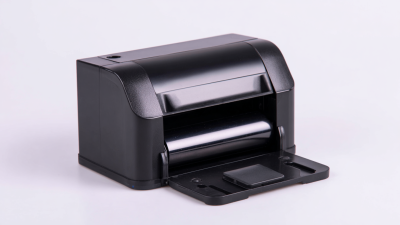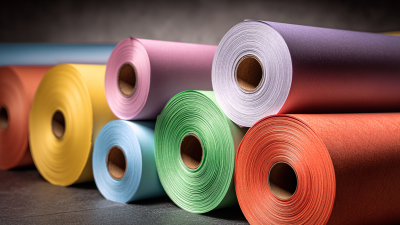In today's fast-paced business environment, selecting the right Thermal Roll Printer is essential for ensuring efficient operations and effective customer service. With a variety of options available in the market, it can be overwhelming to determine which printer best aligns with your specific business needs. Whether you require a high-speed printer for a retail environment, a compact model for a mobile application, or a robust unit for industrial uses, understanding the features and capabilities of different Thermal Roll Printers is crucial. This guide aims to simplify the decision-making process by providing insights into key factors to consider, including print speed, durability, connectivity options, and cost-effectiveness. By thoroughly evaluating these elements, businesses can make informed choices that not only enhance workflow efficiency but also contribute to overall customer satisfaction.
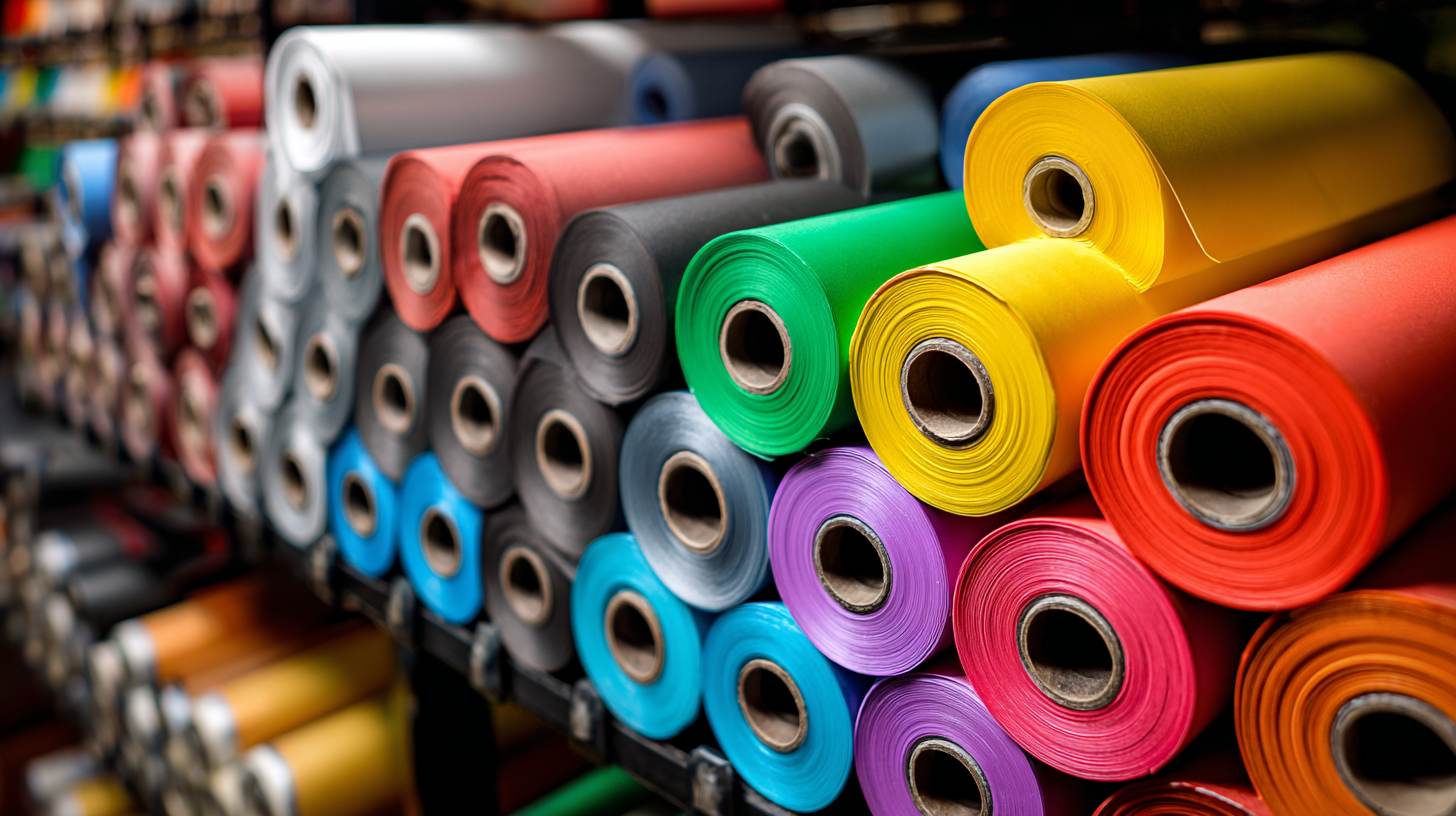
When selecting a thermal roll printer, understanding your specific business requirements is crucial. Different industries have varied demands for printing speed, volume, and durability. For instance, a retail business might prioritize high-volume printing capabilities to efficiently manage transactions, while a logistics company may need a rugged printer that withstands harsher environments. Identifying these needs upfront will streamline the selection process and enhance operational efficiency.
Furthermore, considering the types of labels or receipts you'll be printing is vital. If your business requires printing barcode labels, high-resolution printing capabilities become necessary. Additionally, think about the connectivity options you need; some operations benefit from wireless printing, while others may prefer USB or Ethernet connections for stability. By carefully assessing your business's unique needs, you can choose a thermal roll printer that not only meets your current requirements but also supports growth and scalability as your business evolves.
| Feature | Requirement Level | Recommended Options | Price Range |
|---|---|---|---|
| Print Volume | High | Industrial Printers | $500 - $2000 |
| Print Speed | Medium | General Purpose Printers | $300 - $800 |
| Connectivity | High | Bluetooth & Wi-Fi Printers | $400 - $1500 |
| Printer Size | Small | Compact Printers | $200 - $600 |
| Durability | High | Rugged Printers | $600 - $2500 |
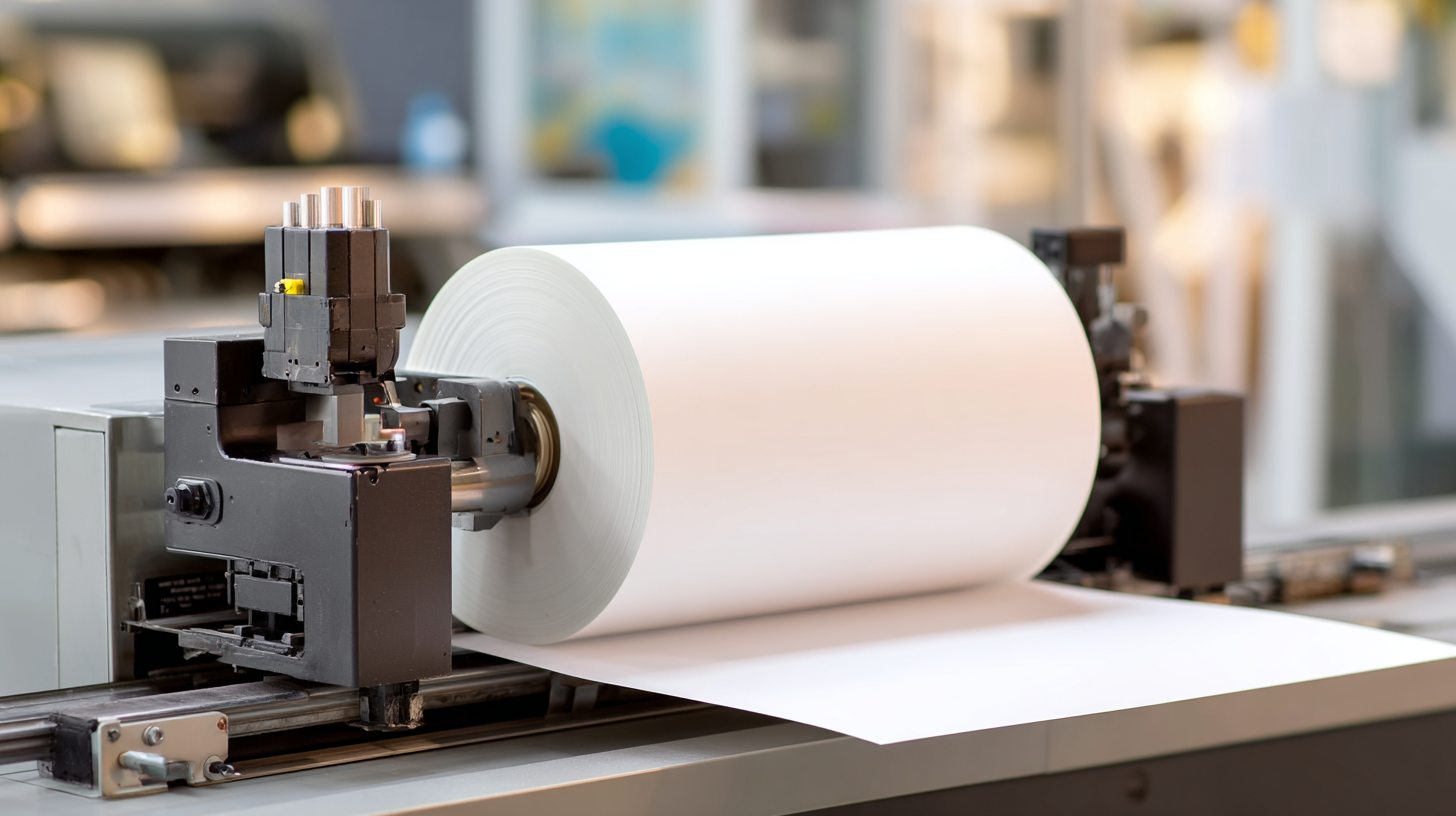 When selecting a thermal roll printer for your business, it's essential to consider several key features that can significantly impact performance and efficiency. One of the fundamental aspects is print speed, often measured in millimeters per second (mm/sec). According to a report by the Research Institute for Printing Technology, high-speed printers can operate at speeds of 200 mm/sec or more, which can notably enhance productivity in high-volume environments. Furthermore, resolution is critical; look for printers with at least 203 DPI (dots per inch) for clear, readable prints—especially vital for barcode printing.
When selecting a thermal roll printer for your business, it's essential to consider several key features that can significantly impact performance and efficiency. One of the fundamental aspects is print speed, often measured in millimeters per second (mm/sec). According to a report by the Research Institute for Printing Technology, high-speed printers can operate at speeds of 200 mm/sec or more, which can notably enhance productivity in high-volume environments. Furthermore, resolution is critical; look for printers with at least 203 DPI (dots per inch) for clear, readable prints—especially vital for barcode printing.
Tip: Always assess your specific printing needs, as well as the volume and types of labels or receipts you will be producing. For example, a retail business might prioritize compact printers with fast output, while a logistics company may prefer devices that can print larger labels efficiently.
Connectivity options are another critical factor to evaluate. Modern thermal roll printers offer various connection interfaces, including USB, Ethernet, and Bluetooth. Industry reports indicate that 75% of new printer models come equipped with versatile connectivity options, making integration with existing systems seamless. This flexibility can streamline operations, allowing your team to adapt swiftly to changing business environments.
Tip: Ensure that the chosen printer is compatible with your existing infrastructure, including POS systems or inventory management solutions, to avoid operational bottlenecks.
When selecting the right thermal roll printer for your business, evaluating print quality and speed is crucial. Print quality is often measured in dots per inch (DPI), with a higher DPI indicating finer detail. Many experts recommend looking for printers that offer at least 300 DPI for clear and professional prints. Additionally, consider the speed of printing, typically measured in millimeters per second (mm/s). A printer capable of 100 mm/s or faster can significantly increase productivity, especially for businesses that require high-volume outputs.
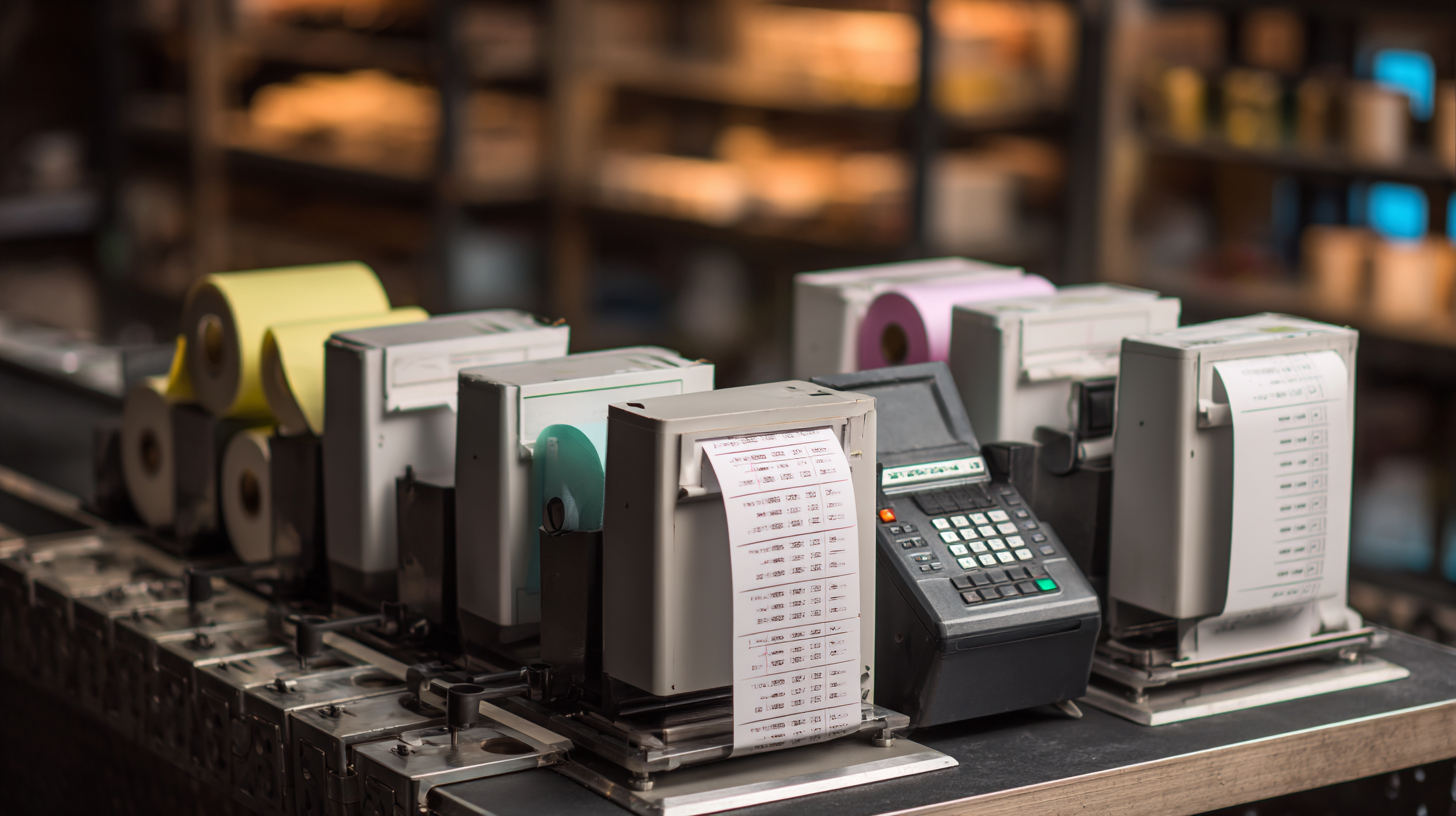
Tips: Always request sample prints from potential printers to compare quality before making a decision. Additionally, assess the printer's compatibility with software and labels to ensure it meets specific business needs.
Moreover, consider the printer’s efficiency in terms of operational costs. For instance, some printers are known for their low ink consumption, which can drastically reduce costs over time. Evaluating features such as energy efficiency and maintenance requirements can provide further insight into the long-term benefits of your investment.
When selecting a thermal roll printer for your business, a detailed comparison of initial investment costs versus long-term maintenance expenses is crucial. According to industry reports, the average upfront cost of high-quality thermal roll printers can range from $150 to $1,500, depending on features like print speed and connectivity options. While a lower-end model may save money initially, considerations about its durability and the frequency of repairs can lead to higher long-term costs.
In the world of technology, especially within sectors utilizing FinTech applications, investing in reliable equipment is essential to ensure consistent performance and minimize unexpected expenditures. For instance, regular maintenance can decrease the likelihood of operational disruptions, a critical factor especially in fast-paced environments. Long-term maintenance costs, which can encompass supplies like printing rolls and servicing, typically account for 20-50% of the overall cost of ownership. Therefore, a thorough financial analysis that weighs initial prices against projected maintenance will not only optimize your budget but also enhance operational efficiency in the long run.
When selecting a thermal roll printer for your business, compatibility with existing systems and software is a crucial factor to consider. Before making a purchase, it is important to evaluate the current hardware and software environment your business operates in. Ensure that the printer can seamlessly integrate with your point of sale (POS) system, inventory management software, and any other applications you use regularly. Look for printers that support common communication protocols, such as USB, Ethernet, or Bluetooth, to facilitate easy connections.
Additionally, examine the software capabilities of the thermal printer. Many modern printers come with a software development kit (SDK) or APIs that allow for customization and adaptability to specific printing requirements. Consider whether the printer's software supports the formats and features essential for your business, such as barcode printing or specific label sizes. Conducting thorough research on compatibility not only helps you avoid future technical issues but also optimizes your workflow by ensuring that all components of your business system work harmoniously together.
This chart compares various features of thermal roll printers, highlighting compatibility with existing systems and software based on their performance ratings.
